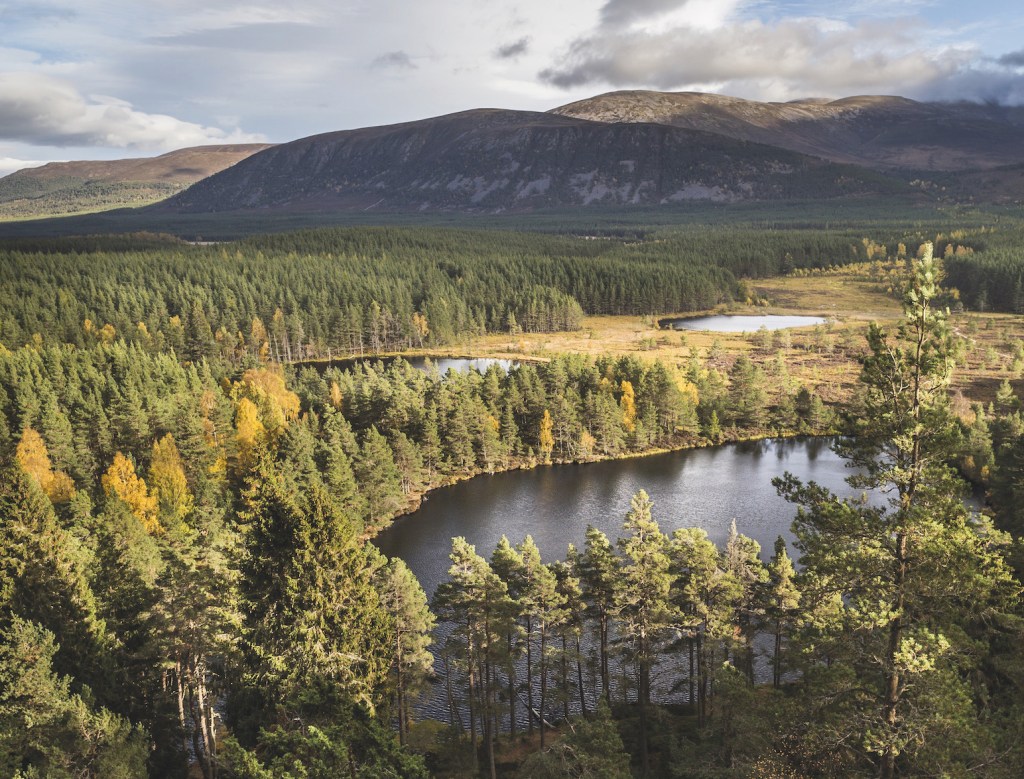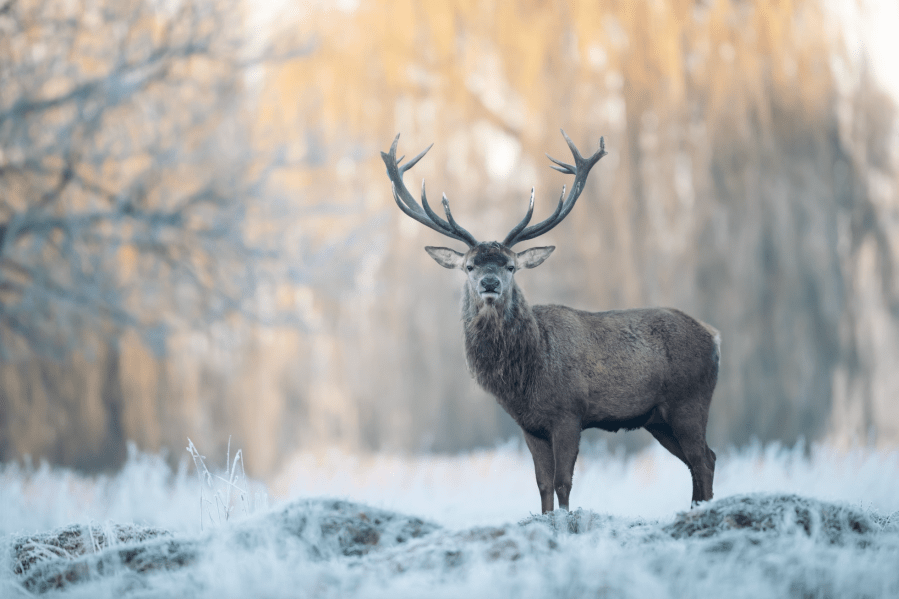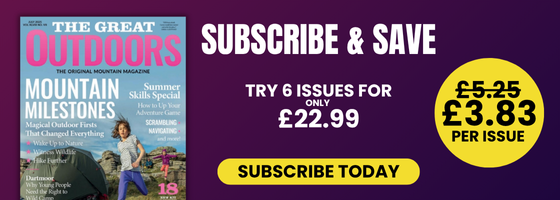I had an experience with a 10ft high deer fence walking near Loch Lomond. I was four months pregnant. It was snowy and the wind was blowing. A huge fence loomed out of the swirling gloom. It wasn’t marked on the map and there were no signs suggesting which direction might possibly lead to a gate or a stile. It was a case of turn back or get a leg over. I climbed, but it was horribly precarious, and I know many walking friends who wouldn’t have been able to. That would have been a frustrating and unfair end to their Big Day Out.
The fence had been erected to protect young trees from hungry deer. There are at least 400,000 Red Deer across the Highlands. They’re glorious creatures, Monarchs of the Glen, and a natural part of our mountain ecosystems. But long ago, humans exterminated their natural predators and then Victorian aristocrats did a number on land ownership. Hunting deer (referred to as ‘stalking’ in Scotland) stopped being something done by local people for local food and became a trophy sport for a handful of wealthy out-of-towners, guided by a handful of professional stalkers. The more points on the stag’s antlers, the better the prize.
Estate owners still encourage high deer densities because it results in more stags to aim a gun at, and because property prices for sports estates are based on deer numbers. There’s no direct interest in shooting the female hinds, as they don’t have antlers. A massive breeding population and no predation means that we’ve now reached Peak Deer: numbers are the highest they’ve been since records began.
The harmful impacts of all this extra venison leaping around the glens is multiple: young trees – either planted or naturally seeded – can’t survive because new shoots are eaten before they can grow, and peatland is trampled and releases its carbon and water. Fences go up to protect what little woodland is left, or around new trees planted with grants from the public purse, but this leaves the deer out in the cold. During winter, many can’t find enough shelter or food, and die on exposed, treeless hillsides. Red Deer densities across the Highlands sit at around 10 per kilometre. Experts assess that the sustainable ‘carrying capacity’ of the Highlands habitats is a density of 5 or fewer per kilometre. That’s half of the current deer population.
Deer are beautiful, and native, so it’s hard to think of them as a problem. And when I hear ‘management of breeding females’, I have an involuntary flashback to watching Bambi’s mother die in cinema surround sound. But we can’t carry on as we are.
At the moment, it feels strangely back-to-front – those who shoot deer for fun are protesting the culls, and the people lobbying for less deer are the conservationists. Many Highland people are living in depopulated and stagnating communities, that may not see much benefit from the local stalking estate. But others are still invested, both culturally and economically, and perhaps for them, change only seems to promise uncertainty. And us hillwalkers? I’m not sure anyone thinks we have opinions worth having about the issue. I think that needs to change. Deer culling needs our vocal support.

The Uath Lochans in Glen Feshie. Photo: Shutterstock
With more sustainable deer densities across the Highlands, we wouldn’t need deer fences cutting intrusively across the landscape, entangling low-flying birds, and preventing those very same deer from seeking natural life-saving shelter in poor weather. And with lower deer numbers, we would slowly see landscape-scale transformation. The places where heavy culls are working – places like Glen Affric and Glen Feshie – tell a story about flourishing nature, not mass murder. They appeal to us walkers by virtue of their verdant diversity. In the future you’d still spot deer, but the herds might be smaller, the animals larger and healthier, the magic of the encounter still priceless.
Local communities would be able to pivot away from a hierarchical sports estate model and start to create and innovate – high value ecotourism, quality wild game foods, more jobs managing land and more jobs stalking – the good, sustainable kind of hunting that accounts for herd and ecosystem health, not just antlers for a wall. Wild British venison should be the go-to meat for every cash-strapped household in the country, and schools, nursing homes and hospitals. Even if we eventually reintroduce lynx as apex predators in parts of our island nation, we’ll still need to do our share of humane killing and healthy eating in the meantime.
The deer sport lobby is well-connected and deep-pocketed, and ‘don’t kill Bambi’ is an easy rallying cry for those with vested interests, or naïve bleeding hearts. ‘Don’t take our jobs’ is another low ball. But there’s a tipping point – where the voices of ecologists, outdoors folk like us, and local communities who want more jobs, healthy local economies and equitable land ownership start calling for the same thing. We created this problem, now we need to fix it. Fences are not the answer.
Mary-Ann is a broadcaster, anthropologist and keen hillwalker. She’s the hillwalking ambassador for the British Mountaineering Council and a fellow of the Royal Geographical Society. These are her personal opinions. Find her on Instagram and Twitter @maryannochota.







